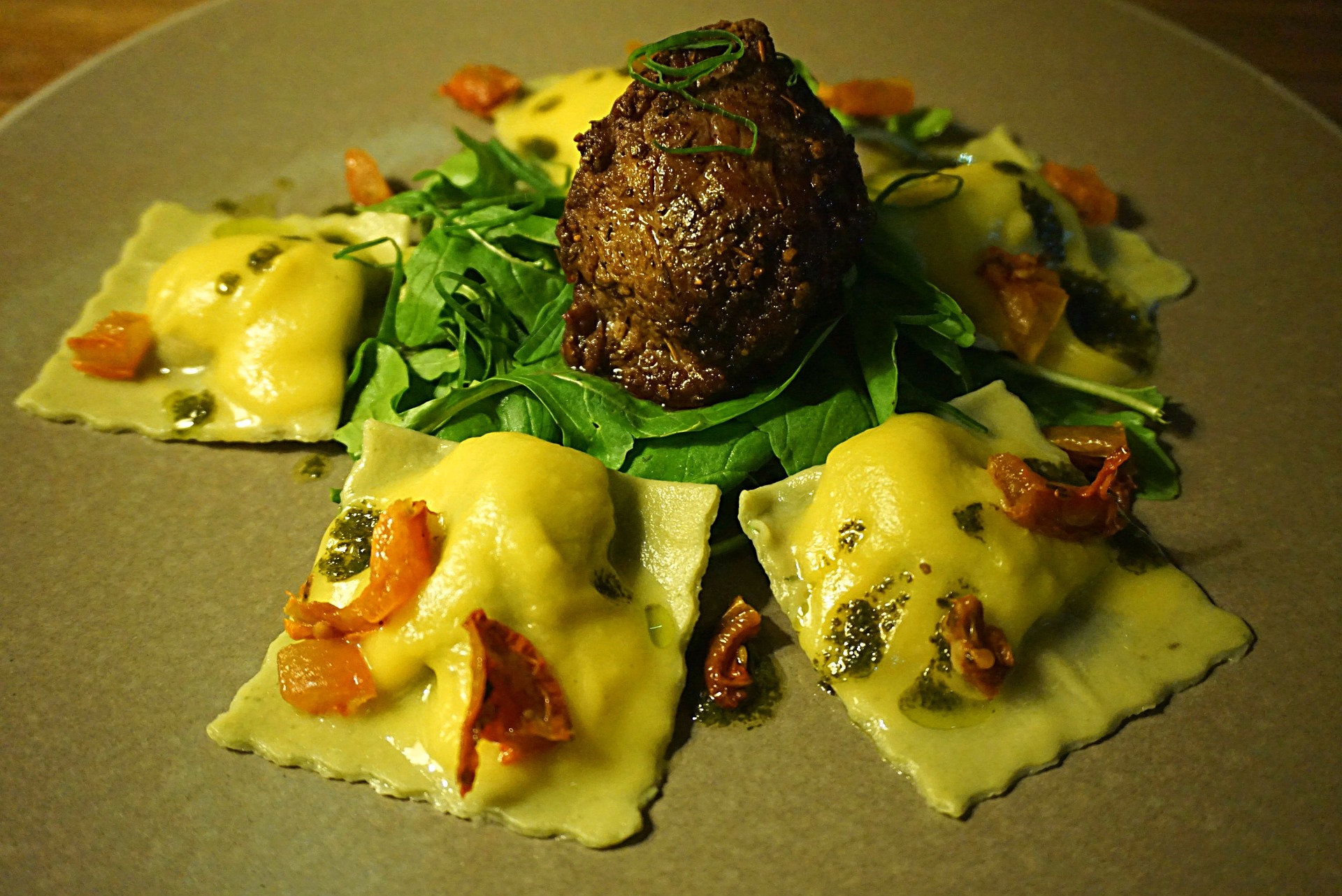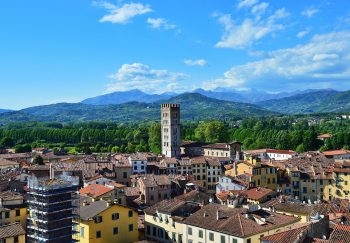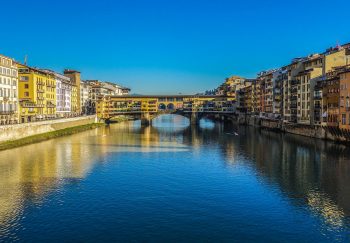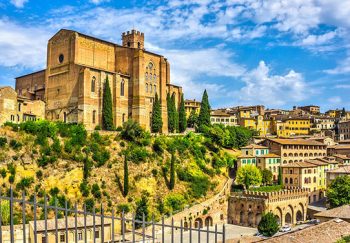Everybody knows Italian food: mozzarella cheese, pasta, world-class wine…right? It’s true. It’s more than just those basic dishes. It is highly regional, as we have discussed in this article. However, Italians have a wider palette than Europeans and Americans. Some of the most exotic cuisines in Italy might seem strange to you.
Many of the “stranger” Italian recipes were born out of necessity. Italians could save money by using the whole animal or purchasing the off-cuts over the years and still enjoy a healthy meal. This type of cooking is still called cucina povera or “poor cooking”. These recipes are all local and were made from ingredients that were readily available in the country’s past. Below are some of the most exotic and unusual dishes from Italy. What dishes would you like to try?
If you are interested in learning more about Cucina Povera, check out our Florence food tour.
Meat from Equine (Horse).
Italy’s current consumption of horse meat is a result of its agricultural past. In that time, the animals were needed to work the fields and food was scarce. People ate horses and donkeys out of necessity because they were protein. Equine meat was prescribed by doctors to treat anemia in 1800s. The meat is rich in iron, low in fat and cholesterol. The popularity of donkey and horse meat has declined as Italians begin to view horses as domesticated animals. However, Italy is still the country with the highest equine meat consumption in Europe. There are many delicious Italian dishes. The Verona donkey ragu or the Stracotto d’asino are two examples of a slow-cooked dish with donkey meat. You can also try horse in the same dish. It is usually served with polenta or cut as cured meat.
Pork in all forms – we mean ALL
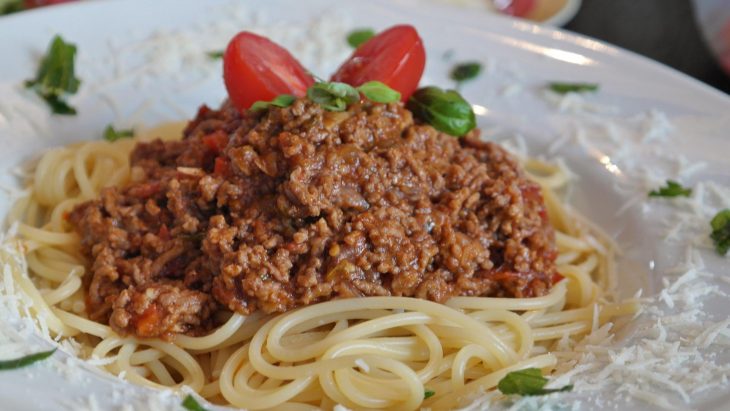
It is no secret that Italians love pork, but pork can be found in some of the most exotic dishes in Italy. Some of the most popular regional dishes make use of some of the weirdest cuts of pork. Roman amatriciana pasta, also known as pork cheek, is made with pork snouts, ears, and feet. Famous and difficult to pronounce ‘ndocca’ ‘ndocca is from Abruzzo. This region has cold winter temperatures and a history in rural life. It simply seasons the feet and ears with bay leaves, garlic and rosemary, as well as pork rinds. You may be a little squeamish by this, but you have probably had salumi (cured pork) before. Coppa di Testa and soppressata are two popular salumi made from pork head.
Tripe and other cow organs
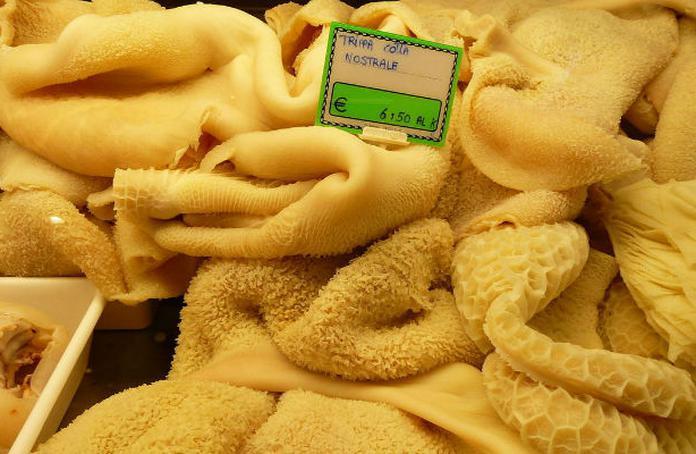
Tripe and organs are perhaps the most exotic Italian cuisine. This is not your grandmother’s liver dish. The Italians go far beyond that. There are many regional dishes that use different cow organs throughout Italy. A classic veal tongue is boiled, sliced, and seasoned in Piemonte or Liguria. You can also try the popular panino con le milza (pani ca memusa in Sicily) from Palermo. This sandwich is made with veal spleen, lung and has been boiled and fried. If you wish, cheese can be added.
Tripe is the white, rubbery lining in the stomach of a cow. You can cook it in many ways but the most common way to prepare it is as a hearty soup. Trippa is an Italian name for tripe. It’s a typical dish from many Italian regions, especially Lombardy and Lazio. Lampredotto is a Tuscan tripe recipe that includes Florentine tripe in sandwich form with hot sauce or green sauce. (If you like the sound, please check out our post on the best panino shops located in Florence.
Sea urchins and raw octopuses

Sushi is a common dish. However, Japan is not the only country that has a culture that eats raw seafood. Puglia’s south-side seafood consumption is so common that the government has established no-fishing periods in order to help the environment. The best way for Pugliese to enjoy fresh seafood is to immediately eat it!
Sea urchin is Italy’s most beloved raw seafood dish and also one of the most mysterious foods. The orange organ inside that spiny, hard exterior is actually the sea urchin’s bladders. Raw octopus is second only to the seaurchin. The fishermen use a specific method to clean the octopus, which is considered a speciality. To make the octopus meat more tender, they remove its internal organs. Then, they pound the fish against a hard rock for tenderization. Finally, they stir the fish for about an hour to curl the tentacles. This particular dish is known as pulpe rizz or octopus curl.
Weeds, and other things
Contrary to what the title suggests, Italians eat many, MANY vegetables, and are quite imaginative in their food preparation. Cicoria or dandelion leaf are some of the more unusual vegetable options. It is a weed that can be found in many countries. However, Italians make unique side dishes from it. Another favorite is pumpkin flowers or fiori di zucca. These pumpkin or zucchini flowers are used by Italians to make flavorful risottos or to fry with anchovies or mozzarella cheese.
